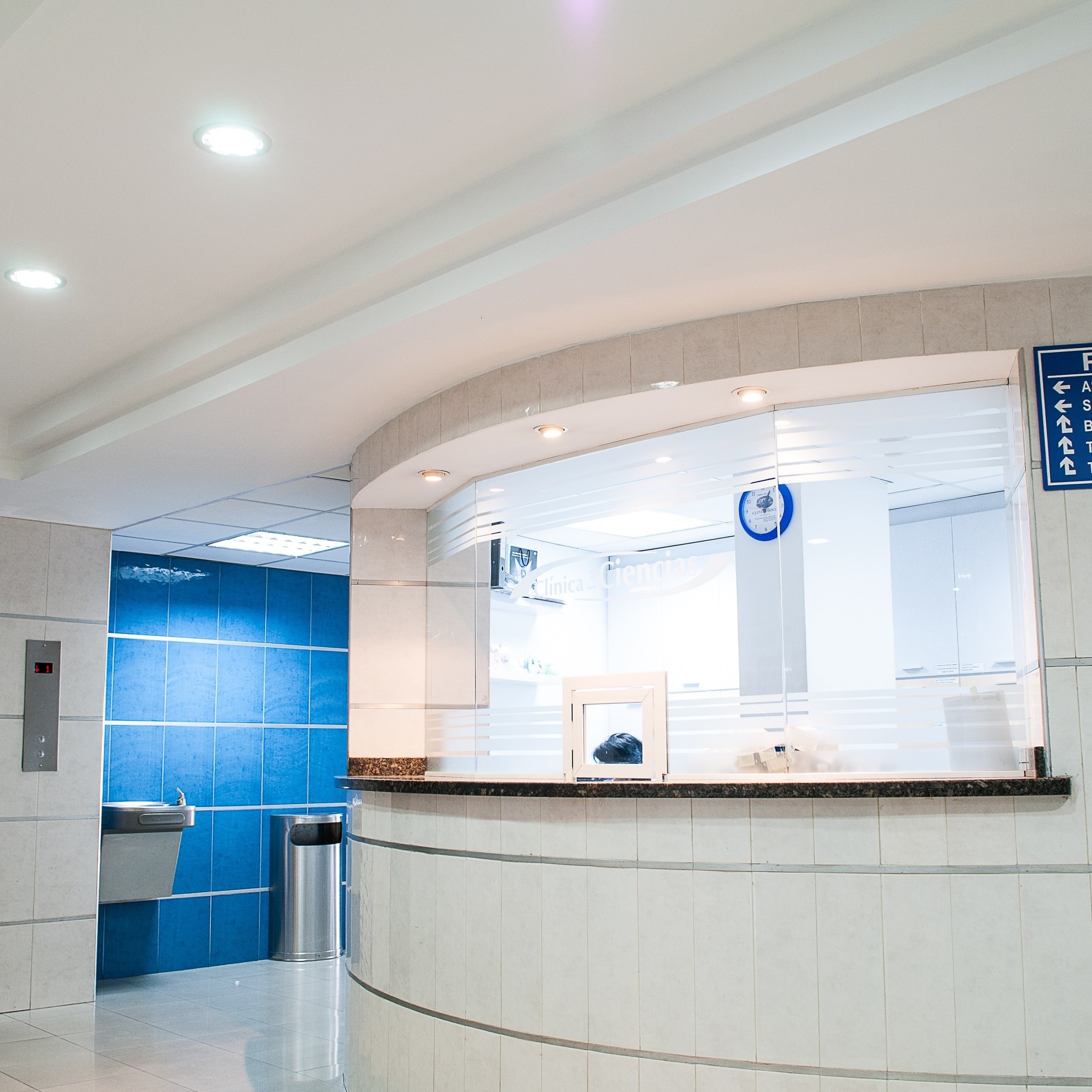Choosing to have an abortion is a major medical and emotional decision.
Don’t let anyone tell you it’s simple or without complications. You deserve to know the truth about procedures, side effects, and potential risks. Schedule an appointment with a center before you make a decision.
The Types Of Procedures
There are several abortion methods used to end a pregnancy, and you deserve the information to make a confident decision.
The centers listed are ready to help you understand what you can expect from each type of abortion procedure and the risks involved.
Medical / Chemical Abortion
A medical abortion can also be called the abortion pill, RU-486, or a self-managed abortion. Approval for these drugs by the FDA is only up to eleven weeks of pregnancy. The abortion pill isn’t just one pill and you’re done. It actually requires you to take two very powerful drugs.
The first drug you take is called mifepristone. This drug stops your body from producing a hormone called progesterone. This hormone is necessary for an embryo to stay planted on the lining of your uterus. Mifepristone thins the lining, stopping the embryo from growing.
The second drug is known as misoprostol. This drug induces labor-like contractions to empty the uterus.
Risks And Side Effects:
- Incomplete abortion, which may need to be followed by a surgical abortion
- Heavy and prolonged bleeding
- Abdominal cramping
- Infection
- Fever lasting longer than 24 hours
- Digestive system discomfort, diarrhea
READ MORE about Long-Term and Fatal Complications and Risks HERE.
Surgical Abortion
If your pregnancy is longer than seven weeks, you will most likely have a surgical abortion. Vacuum Aspiration is essentially a dilation and curettage (D & C) to remove the contents of your uterus. The abortion doctor clears out all the tissue through suction (vacuum) or a surgical instrument by using a curette. This procedure can usually be performed up until your 15th week.
After the 15th week, a dilation and evacuation (D & E) abortion is performed. The abortion doctor inserts a tube attached to a suction machine to empty the contents of the uterus. After the suction tube is removed, a curette is used to scrape any remaining tissue from the lining of your uterus.
Risks And Side Effects:
- Bleeding, including blood clots
- Intense cramping
- Potential for uterine perforation
- Infection with fever, abdominal pain, foul-smelling vaginal discharge
- Nausea and vomiting
- Feeling faint, sweating
These procedures usually require the insertion of rods or the use of medications to dilate your cervix. A surgical abortion procedure is more invasive and requires more recovery time than a medical abortion.
Before Choosing Abortion
Make sure you have verified your pregnancy with a free pregnancy test and free limited ultrasound at one of the centers recommended. We want you to be fully prepared and informed about the various abortion procedures. Schedule an appointment and let them know how they can help you.
Find articles and blogs about abortion, ectopic pregnancies, birth control, and much more at





